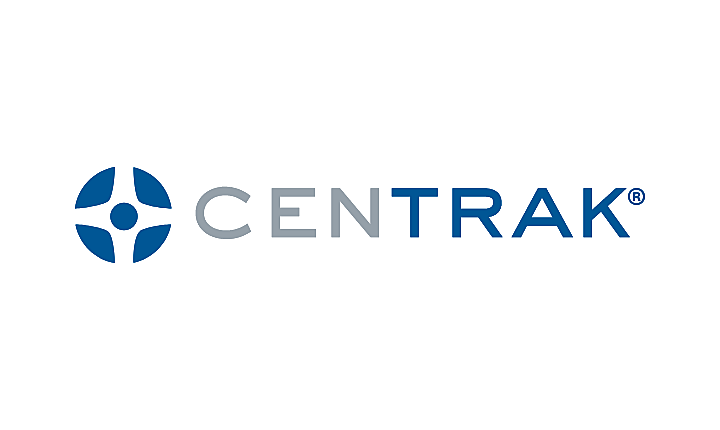Optimizing Your Patient Discharge Process & Workflow

You never get a second chance to make a first impression – this is true in every aspect of life, including healthcare. In order to drive high patient satisfaction, hospitals thoroughly train staff and volunteers who greet patients and their families and invest in technologies like digital wayfinding, so patients don’t feel lost.
Healthcare systems tend to focus their efforts at the beginning of the patient journey, oftentimes neglecting the last impression.
Think back to your last experience at a concert or a hotel. You probably still remember how long it took to leave the venue, or to find the luggage cart so you could load your bags and be on your way. Maybe you remember the person who held the door and said, “Thanks for coming.” The need for a seamless end of care experience, as you would expect in a hotel or restaurant, is still unmet and pertinent in the hospital environment.
Here are three tips to make the discharge process positive for your patients:
1. Redesign Your Processes to Optimize Workflow
Once you notify a patient that they will be discharged, focus your attention on getting that patient “checked out” fast. You might rethink your existing processes—for example, prepping discharge documents ahead of time, or staggering discharges throughout the day instead of having a fixed morning discharge window. Our healthcare clients also leverage RTLS-enabled patient flow solutions to get real-time information on patient status and location, as well as dashboards and reports to identify when and where bottlenecks occur in the workflow so appropriate steps can be taken to resolve them. Care providers who must see a patient on discharge day can easily find the patient, have visibility into which providers are with the patient, and can efficiently fit in their visit prior to discharge, without prolonging the patient’s stay.
2. Have Visibility into Your Resources for Faster Response Times
It sounds trivial, but you need to know if you have the resources available to make the discharge process work. The patient’s anxiety will likely increase if they are ready for a discharge from a clinical perspective, but there is no transport staff or a wheelchair available to take them to their car. One way our healthcare clients manage this is by using a Real-Time Location System (RTLS), which allows them to see the availability and location of both their staff and assets and to quickly and efficiently locate available wheelchairs and staff to accommodate the patient’s discharge.
3. Train Your Staff on How to Respond to Patient Feedback
Do you put the same amount of training into staff that interact with patients at the beginning of their visit as at the end? Your schedulers and patient transport staff should get the same training as your greeters and front desk staff, if not more. Why? They will be the ones who will hear all the good, bad, and ugly about a patient’s stay. Make sure those staff know how to respond to patient complaints and how they can pass along the feedback they hear. Provide an easy way for patients to provide their feedback on the spot. Some of our healthcare clients set up kiosks with a feedback app in outpatient clinics, or ancillary services such as pharmacies. This allows patients to provide instant feedback, and for staff to be able to respond before patients even leave the hospital.
These are just a few things you can do to ensure your patients have a positive experience at the end of their visit. Remember, the last impression is a lasting impression, so focus on the last memorable moments as much as you do on making a good first impression – you will see the impact it will make in reaching high patient satisfaction.






